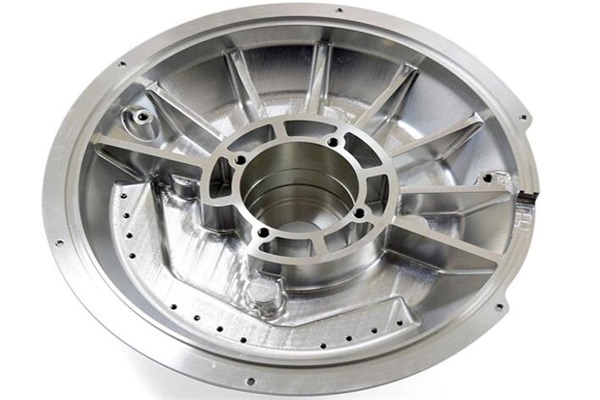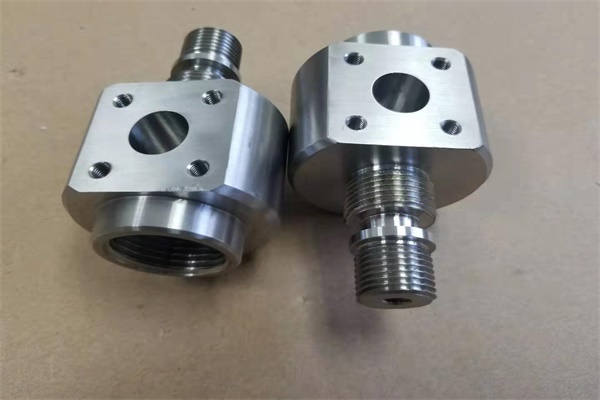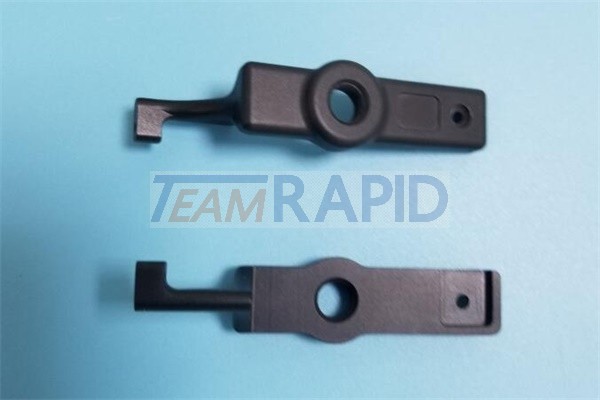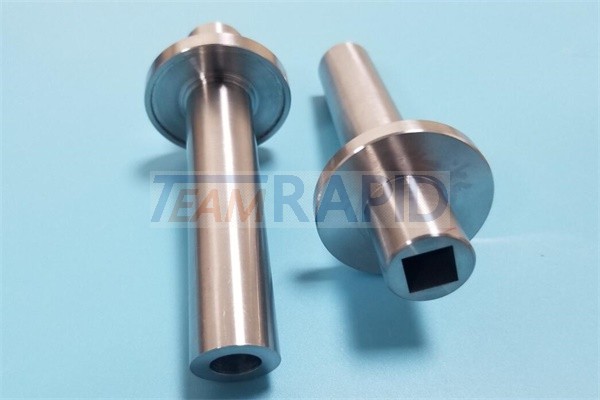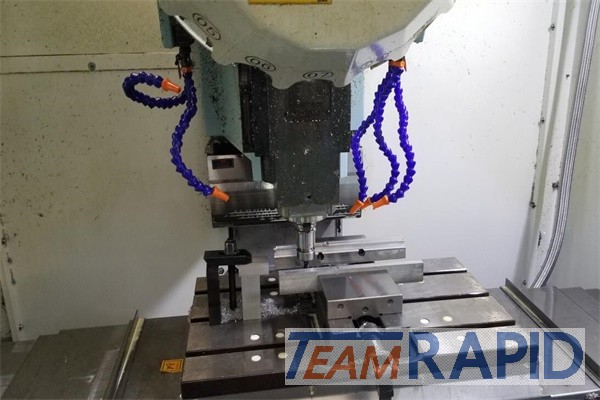CNC stands for Computerized Numerical Control. CNC machining is a manufacturing process in which pre-programmed computer software dictates the movement of the machining tools like drill and lathes. CNC machining plays an important role in the evolving world of modern manufacturing and prototype machining. It is widely used in many different industries to produce CNC machining prototypes and end-used products.
CNC machining begins with a digital 3D file which is created by CAD software, a computer translates into some instructions which are known as G-code to the machine’s cutting tools. When the G-code is sent to the CNC machining machines, the machines know where and when to cut and perform the machining, so there is little manual supervision needed. Compared to traditional machining process, CNC machining saves a lot of time and money.
CNC machining is a subtractive manufacturing process, it removes existing material instead of introducing new materials. In additive manufacturing, 3D printers create a part by depositing prototypes material layer by layer. CAC machining cuts sections away from a block of material. Excess materials leave behind a finished part. Thanks to those CNC machines with greater number of axes, parts with more complex geometries can be created.
CNC machining is accurate, consistent and versatile. Aluminum alloys are the most commonly used materials in CNC machining. There are also other metals and plastic can be used in CNC machining process.

Table of Contents
CNC Machining is a good process to produce Prototypes
3D printing is the most commonly used process to create prototypes. CNC is also a good process to create prototypes. Prototypes have many functions. They can show how the end part will look and behave. This kind of prototypes are used to offer proof of concept. They can also be used to presented to customers. They do not need to be made by high end professional equipment. They can be made by hand or low-end 3D printers. Some prototypes do not have the look like the end parts, they also have the function as the end part do. They act as near as possible to the real products. Prototype machining is great for these functional prototypes which need strength, mechanical stability and other properties which cannot be achieved by additive manufacturing.
Depending on the nature, purpose and the materials of the prototypes, CNC machining is the excellent method for prototyping.
Advantages of Making Prototypes by CNC Machining including:
High degree of repeatability, quick and precise.
As CNC machining is a digital process, it creates parts from a computer file. A machined prototype matches the digital 3D design closely. And the digital design can be used to create the end parts. CNC machining offers high degree of repeatability. CNC machining offers quick and precise alternation. If the CNC Machining Prototype has flaws, engineers can return to the CAD file to make changes rapidly.
High quality and consistent
CNC machining prototypes quality is excellent. Computer-controlled machinery supposes to function correctly. CNC machines follow the computer instruction to within a fraction of a millimeter. CNC machine can do the same job in a second time with little deviation from the first, this is very useful to develop prototypes and running into production with the same machinery.
A wide range of materials
CNC machining offers a wide range of compatible prototypes materials. These materials are strong and durable. Common CNC machining material include aluminum, steel, stainless steel, magnesium, titanium, zinc, brass, bronze, copper, ABS, PC, PP, PS, POM, PMMA, PAGF30, PCGF30, Teflon, LEPE, HDPE.
CNC Prototype Machining are similar to the end products
CNC machining can create prototypes which have similarity to the end parts. Machining center are able to produce the end parts and prototypes, it can create prototype which are close to the end parts. This is rarely possible to be achieved by 3D printing or other methods. As the prototypes have similar appearance and function to the final parts, it is easier to move to bridge production.
Disadvantages of Making Prototype Machining including:
High cost
Compared to 3D printing, CNC machining is more expensive. CNC machining needs more power and greater human supervision than 3D printing. CNC machining metal materials are more expensive than 3D printing materials.
Waste material
As CNC materials is a subtractive process, it needs more materials. Some materials must be disposed of during the process. 3D printing does not produce waste materials.
Geometrical restrictions
4-axis and 5-axis machining centers have a greater degree of geometrical flexibility, but they still have limitations. Additive manufacturing may be more suitable for creating parts with complex internal geometries.
Rapid tooling: Created Plastic Prototypes by Injection Molding
CNC machining can be sued to produce injection molds and rapid tooling. With CNC machining, it is more cost-effective to build apparatus that needed for injection molding. Benefit from CNC machining, we can build a precise injection mold and rapid tooling in a short lead-time. Rapid tooling purposes for low volume production and bridge injection molding production. When needing molded parts in high volume, we can build several injection molds in the same time by CNC machining.
If you want to learn about CNC machining for your high or low volume manufacturing projects, contact us at [email protected] today.
